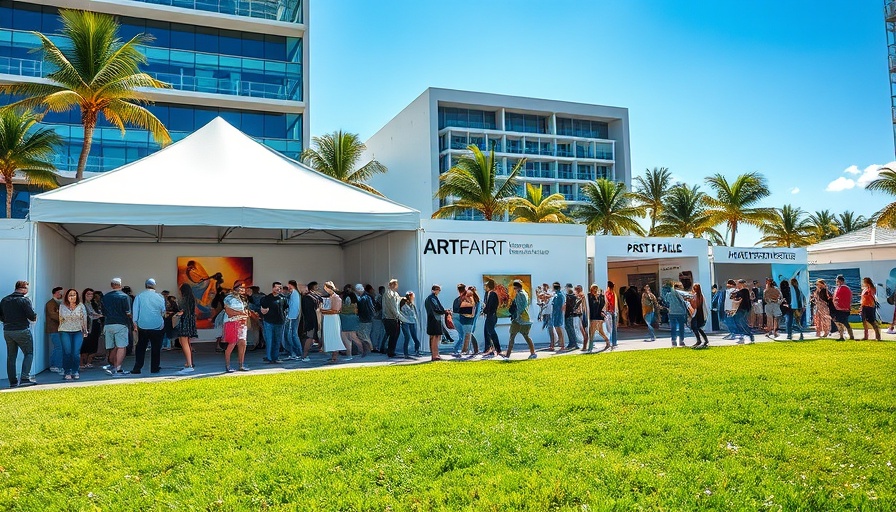
The Art of Deception: A Cautionary Tale
In a twist straight out of a heist thriller, art dealer Herennia Trillo has become the center of an investigation involving a purported Caravaggio painting that has been exposed as a fraud. The painting in question, titled Ecce Homo with Two Executioners, was sold for a staggering $300,000 in early 2023, only to be stripped of its prestigious attribution shortly after. For anyone considering investing in art, this situation serves as a powerful reminder of the importance of due diligence and expert authentication.
A Brief Overview of the Controversy
Initially purchased for a mere €16,939, the painting soared in value due to claims that it was an undiscovered work by Caravaggio, a celebrated Baroque artist. However, experts from Madrid’s esteemed Prado Museum determined that the work belonged to an anonymous artist from the rival Carracci school, which caused its estimated worth to plummet to around $22,000. This shocking revelation highlights the risks of impulse buying in the art market, particularly in high-stakes transactions.
Understanding the Risks of Art Investments
For high-level earners in Philadelphia investing in art, this case illustrates the need for careful consideration and research prior to purchasing any artwork. With art being a significant aspect of cultural investment, distinguishing genuine pieces from forgeries can be a daunting task. Engaging reputable galleries and confirming provenance are essential steps in ensuring the legitimacy of artwork. So how can one mitigate these risks? Seeking additional evaluations from multiple art experts can offer an extra layer of security.
The Bigger Picture in Art Authenticity
This situation also raises concerns about the art market's regulatory framework. As art transactions can often occur behind closed doors, enforcing anti-fraud measures presents a significant challenge. It beckons discussion on how art dealers, auction houses, and collectors can promote transparency and uphold ethical standards within the industry.
Current Trends in Art Valuation
Amidst the backdrop of increasing art fraud cases, there is a parallel rise in technological advancements that aim to counteract this issue. The implementation of blockchain technology in art transactions is one such effort. By providing an immutable record of ownership and provenance, blockchain can potentially safeguard against fraudulent activities in the art market. Art collectors looking to navigate these waters would benefit from familiarizing themselves with these emerging technologies.
Decisions You Can Make With This Information
Whether you’re a seasoned collector or a newcomer to the art scene, understanding this fraud case can dramatically influence the way you approach purchasing art. Before any notable investment, consider opting for extensive due diligence: seek verification from art authentication organizations, request historical documentation, and, when feasible, consult with established experts in the field. These proactive strategies can equip collectors with the knowledge needed to avoid pitfalls similar to Trillo's unfortunate case.
As the investigation unfolds, the art community is left to ponder the implications of this case. What does it mean for the integrity of art investments moving forward? How can collectors guard against deception? While the art market is undeniably filled with opportunity, it is equally rife with perils for the uninformed investor.
In today’s ever-changing landscape, staying informed and vigilant is paramount. As art becomes an increasingly popular investment avenue among high-income earners, embracing knowledge and transparency in transactions can pave the way for successful and meaningful acquisitions.
Join the conversation about art investments—what’s your take on the fraud allegations against Herennia Trillo? Share your thoughts and experiences in navigating the art world!
 Add Row
Add Row  Add
Add 




Write A Comment